
Silene is a genus of flowering plants in the family Caryophyllaceae. Containing nearly 900 species, it is the largest genus in the family. Common names include campion and catchfly. Many Silene species are widely distributed, particularly in the northern hemisphere.

Silene flos-cuculi, commonly called ragged-robin, is a perennial herbaceous plant in the family Caryophyllaceae. It is native to Eurasia and has been introduced to North America.

Silene dioica, known as red campion and red catchfly, is a herbaceous flowering plant in the family Caryophyllaceae, native to Europe and introduced to the Americas.

Silene vulgaris, the bladder campion or maidenstears, is a plant species of the genus Silene of the family Caryophyllaceae. It is native to Europe, temperate Asia, and northern Africa. It has been widely naturalized in North America.
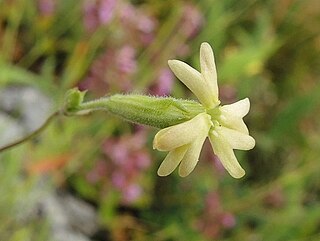
Silene flavescens are flowering plants part of the genus Silene, family Caryophyllaceae. They are widely distributed and are found in the northern hemisphere. They are native to Hungary and the Balkan Peninsula. It is an herbaceous species belonging to the tribe Sileneae

Silene wahlbergella is a species of flowering plant belonging to the family Caryophyllaceae.
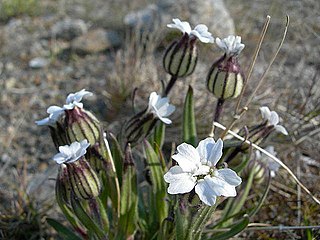
Silene involucrata is a species of flowering plant belonging to the family Caryophyllaceae.
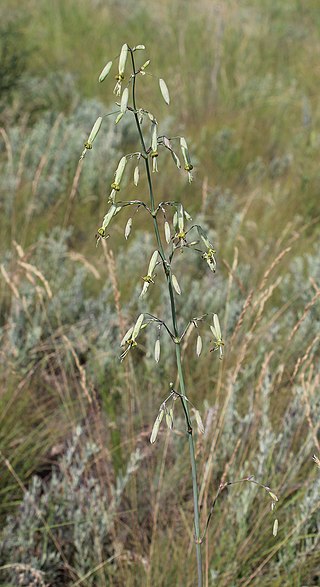
Silene chlorantha is a species of flowering plant belonging to the family Caryophyllaceae.
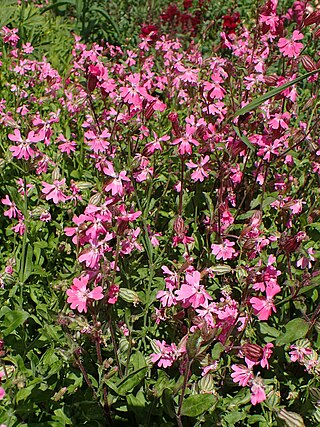
Silene pendula, called the nodding catchfly or drooping catchfly, is a species of flowering plant in the genus Silene, native to Italy, Greece, and Turkey, and introduced to scattered locations in North America, South America, Africa, Europe and Asia. A number of cultivars are available. A 2020 study showed with certainty that, despite their morphological similarities, Silene cisplatensis is not synonymous with Silene pendula.
Silene tibetica is a species of plant which is a member of the family Caryophyllaceae. The species can be found in Tibet.

Silene keiskei is a species of flowering plant in the family Caryophyllaceae. The species is native to Japan (Honshu). It grows in temperate climates and in the high mountains.
Silene andicola is a species of flowering plant in the family Caryophyllaceae. The species is native to Argentina, Bolivia, and Chile. Plants grow on rocky slopes, outcrops, soily screes, grasslands, and open scrubs.

Silene mandonii is a species of flowering plant in the family Caryophyllaceae.

Silene supina is a species of flowering plant in the family Caryophyllaceae. It is native to the Balkans, North Caucasus, and Iran.

Silene disticha is a species of flowering plant. The species is hermaphroditic and mainly grows in the subtropics.
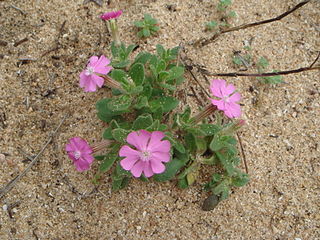
Silene littorea is a species of flowering plant in the family Caryophyllaceae. The species is an annual plant.

Silene aegyptiaca is a species of flowering plant in the family Caryophyllaceae. The common name for this species is Egyptian campion or Egyptian catchfly.
Silene sessionis is a species of plant in the family Caryophyllaceae.
Silene calabra is a species of flowering plant in the family Caryophyllaceae. It is native to Italy.

Silene italica is a species of plant native to Southern Europe and parts of Asia. It is also introduced to parts of the United States and Northern Europe.
















